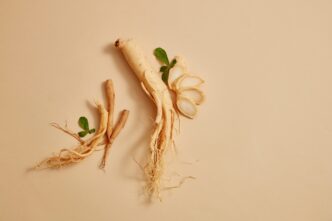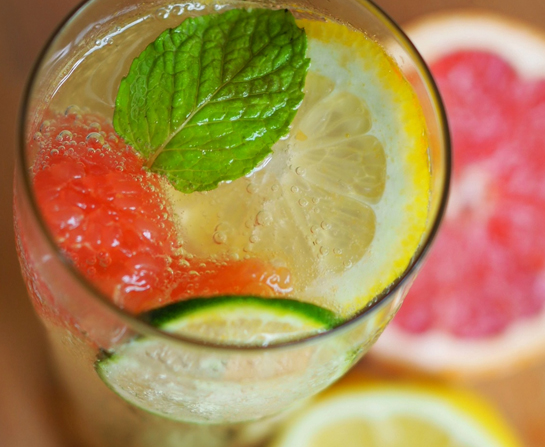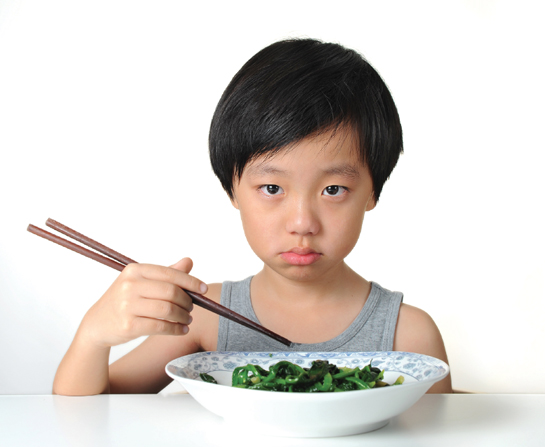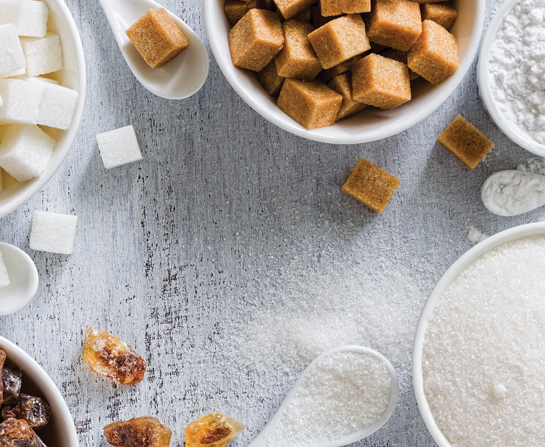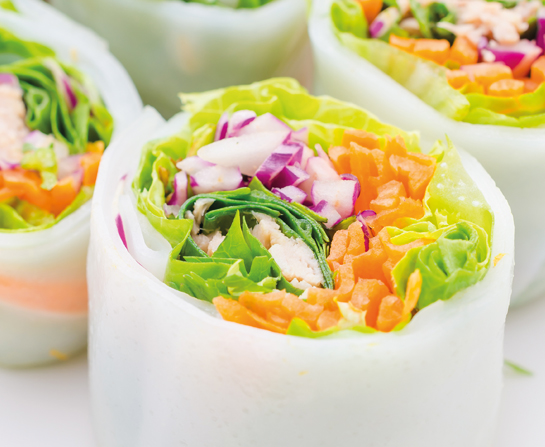WORDS PANK JIT SIN
| Dr Chang Yuan-Shiun
Professor of Pharmacognosy China Medical University of Taiwan |
Dr Chang recently came to Kuala Lumpur to speak about ginseng. Dr Chang spent his life researching ginseng and its curative properties and is considered the foremost authority on the herb.
The famed traditional Chinese medicine (TCM) herb known as ginseng is the dried root of plants belonging to the Panax ginseng, which is a testament to its potency and versatility in TCM. Panax is derived from the Greek word pana which means all and axos which means cure. Ginseng is thought to be derived from the mandarin ren shen which loosely translates to human heart, as the forked roots of the plant resemble a human effigy.
Ginseng as a general term incorporates P. ginseng, P. quinquefolius and P. notoginseng (grown in Yunnan and Kwangshi). However, the type most commonly used in Malaysia is P. ginseng.
While it is supposed to be a herb associated with TCM, ginseng is the fourth most purchased herb in the US, falling behind Echinaceae, ginkgo and garlic. This is reflective of its acceptance in the US market and its ubiquity in supplement formulation.
WHY IS IT SO EXPENSIVE?
We all know ginseng is pricey. Sometimes we’re inclined to think its prices have been purposely manipulated to be so exorbitant. However, that’s not necessarily true as ginseng takes many years to grow. In fact, a good quality root takes 7 years and more to grow. The shortest harvesting time is 4 years. In the interim from planting to harvesting, many things could happen and the risk of losing the crop to pest or weather conditions increase over time. Another factor contributing to the slow harvest time is the temperature and altitude at which ginseng grows.
Harvesting of ginseng is also a very resource heavy endeavour as the crop can’t simply be pulled, collected and sent for sale. The plant section above ground must be chopped off but not entirely as the neck (the portion linking the leaves to the roots) should be left intact. The roots, which is the desired part, are then collected. At this point, the collectors must be careful not the damage the roots as intact, aesthetically pleasing shapes can fetch higher prices. The fine roots surrounding the main rhizome should also ideally be kept intact. After collection, the roots are then aged in a cool, dry area for some weeks to ‘cure’ it. Ginseng was cured using extreme heat previously, but this technique is no longer being practiced.
In Korea, ginseng is also categorized into red, white and oriental ginseng based on its processing method. All ginseng starts off as white. Red ginseng requires at least 6-year-old roots to be steamed at 90 oC to 98oC to turn the starch into a stable gelatin form. Then, the roots are dried either mechanically or in the sun. The resulting drying process turns the roots a reddish colour. According to Chang, red Korean ginseng is further subdivided into five categories—Heaven, Earth, Good, Cut and Tail, in order of decreasing price. Regardless of the aesthetic nature of the roots, they are all equally potent, said Chang. In general, most studies pertaining to ginseng and its effects are based on red ginseng.
WHAT MAKES GINSENG SO POTENT?
The active ingredients responsible for ginseng’s curative properties are ginsenosides, which are a class of triterpene saponins extracted primarily from the roots of plants from the Panax genus. As ginsenosides are a broad class of compounds, it is difficult to pinpoint the exact mechanism for each component. The compounds have a wide range of action including:
- as a central nervous system stimulant and antifatigue agent, which is basically like coffee but without the ‘crash.’ Ginseng is also associated with improved memory.
- as a cardiac tonic, as it can increase heart muscle contraction and increasing the blood pumped. Mind you, this effect can also interact with heart medication, so it is best to check with your doctor should you want to start on ginseng supplementation.
- Lowering blood sugar levels: no particular mechanism has been attributed but because of its blood sugar lowering effects, ginseng should be taken with caution by persons who are on diabetes medication.
- Improving immunity, as ginsenosides and ginseng polysaccharides help to regulate different types of immune cells. In doing so, these compounds also help to reduce inflammation and bacterial infections.
- Antitumour effect: components of ginsenosides known as Rh1 and Rh2 were found to be toxic to tumour cell lines and this was demonstrated in animal studies. In Taiwan, where liver cancer is a major cancer, existing research points to ginseng’s ability to kill cancer cells and to prevent the spread of the disease.
- Anti-ageing effect: the compounds found in ginseng are found to be potent antioxidants and reduce oxidative stress in animal models. Oxidative stress is thought to be responsible for the ageing process. Thus, by decreasing oxidative stress, it leads to an increase in lifespan. This has been demonstrated in fruit flies, nematodes and mice.
WHAT’S IN MY RED GINSENG?
The list is quite comprehensive and here is what you are consuming with each portion of ginseng.
Ginsenosides, carbohydrates, acetylenic compounds, amino acid and ginseng peptides, trace elements, vitamins, organic acids and esters, nitrides, plant sterols and flavones.
As it is a natural supplement, the components are rarely extracted in isolation and they work synergistically together.
HOW SHOULD I CONSUME MY GINSENG?
Well, the obvious and most common way is by making a soup or stew out of it. This dilutes the bitter-sweet taste of ginseng and adds more flavour to the dish. Popular tonifying Korean and Chinese dishes feature ginseng in their recipes.
Dried ginseng can also be sliced, where they can be placed under the tongue for it to slowly be absorbed. It can also be powdered and placed into capsules for easy consumption. They can also be placed into sachets and drank as tea. One of the newer available forms of ginseng is a dark liquid, essentially ginseng extract in liquid form. It can be mixed in water and drunk immediately or taken on its own, almost like chicken essence.
Now you know all you need to know about ginseng and its benefits.
References:
- https://extension.psu.edu/history-and-cultivation-of-ginseng#section-8
- Petkov W. (1959). Pharmacological studies of the drug Panax ginseng. Arzneim.–Forsch;9:305–311.
- Yeo H., et al. (2012). J Ginseng Res.;36(2):190–197.
- Luo J.Z., Luo L. (2009). Ginseng on Hyperglycemia: Effects and Mechanisms. Evid Based Complement Alternat Med.;6(4):423–427.
- Kang S., Min H. (2012). Ginseng, the ‘Immunity Boost’: The Effects of Panax ginseng on Immune System. J Ginseng Res.;36(4):354–368.
- Baek K., et al. (2017). Comparison of anticancer activities of Korean Red Ginseng-derived fractions. J Ginseng Res.;41(3):386–391.
- Yang Y., et al. (2017). Ginseng: An Nonnegligible Natural Remedy for Healthy Aging. Aging Dis.;8(6):708–720.

